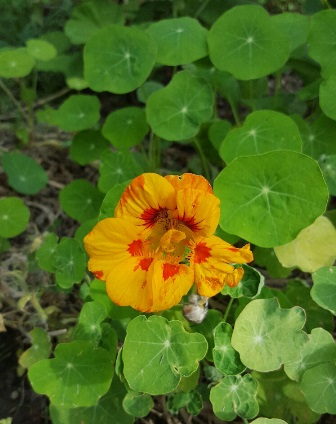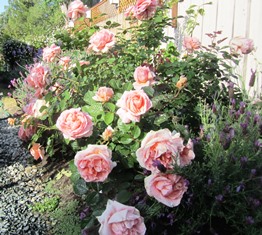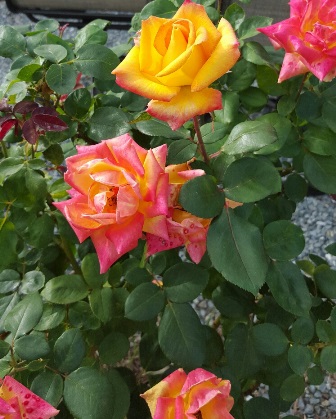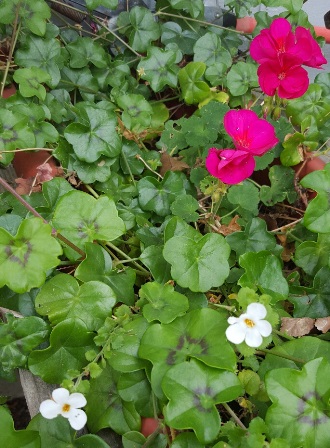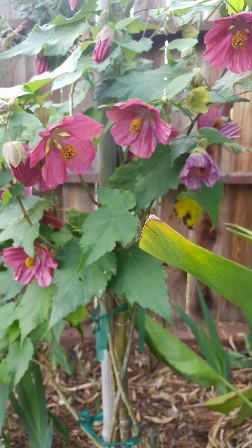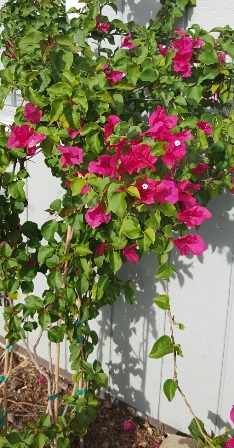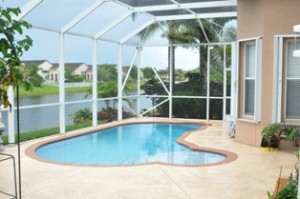Seasonal Blooms for Floral Arrangements
Autumn in Northern California is one of my favorite times of the year. By November, many of the summer blooms in our flower beds have faded. Seeds have been collected for next year’s blooms. Now’s the time to put in bulbs and tubers for spring, but that doesn’t mean we have no blooms for a Thanksgiving floral arrangement.
The clocks have been turned back and the rainy season has arrived, but don’t tell that to the roses.
Red-gold roses, pyracantha berries, rustic seed pods, orange- and rust-colored zinnias, asters, willowleaf cotoneaster, and dahlias are some of the garden plants that combine beautifully in a fall floral arrangement. To the harvest table, I also like to add some seasonal fruits like pomegranates and persimmons.
Thanks to the recent rain, the bougainvillea blazes in shades of fuchsia, orange, red, and purple. Zinnia’s near the farmette’s bee house are still holding color and hanging on until cold weather arrives.
And while pyracantha (fire thorn) berries add splashes of bright orange to a dark corner of the garden where bamboo towers to ten feet, the Chinese lantern plant holds aloft dozens of small pink blooms like little lanterns.
With Thanksgiving three weeks away, I’m feeling confident that our table arrangement will include some of the season’s festive berries, seed pods, and blooming flowers collected from around the farmette.
In the meantime, I’ll notice the splashes of color to be discovered here and there and consider how to use them in a holiday bouquet.
* * *
NEWLY RELEASED–The Murder of a Queen Bee (Kensington Publishing, NY–Sept. 2016).
Discover delicious farm-to-table recipes, farming tips, and wisdom as well as sort out a charming whodunnit. Also, enjoy gardening tips and farm sayings. Dig for clues while learning about bees and chickens. To learn more, click on the link under the picture.
See, http://tinyurl.com/h4kou4g
See, http://tinyurl.com/hxy3s8q
This debut novel launched the Henny Penny Farmette series of mysteries and sold out its first press run. It’s now available in mass market paperback and other formats.
Plants for Sun Rooms, Solariums, and Conservatories
My husband and I grew exotic flowers in and around our Miami, Florida home. We had a sun room that sheltered a swimming pool in which I swam laps in every day. The space seemed near perfect for growing orchids in cycles of perpetual bloom. They loved loved the heat, light, and moisture provided by the pool and a fountain we installed. We also had an angel trumpet tree (Datura arborea) in the front of the house, adding drama and a luscious scent to the entry area.
But with the freezing winter temperatures on our Northern California farmette, such plants would not survive unless grown in a conservatory type of room with lots of warmth and light.
Since buying the farmette, my hubby and I have toyed with the idea of building such a space, also known as sun room, greenhouse room, tea room, and solarium.
A major consideration besides money and materials would be the direction the room would face. For our farmhouse, the direction (also known as “aspect”) could be north where the patio is already located or if positioned at the front of the house (where we had planned to create a wraparound front porch), the sun room or conservatory’s aspect would face south.
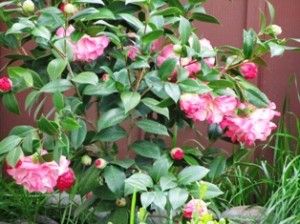
This Camellia japonica produces attractive blooms in early to mid spring and would do well in a cooler sun room
A north-facing aspect permits plenty of light but less heat. In a cooler conservatory or sun room, we’d use more foliage plants such as camellia, begonia, geranium, anthurium, Australian bottle brush, fuchsia, ficus, gardenia, campanula, hypoestes , and various types of ivy and palm. We could also grow Cymbidium orchids that like dappled shade during summer but bloom in the dead of winter.
A south or west direction ensures intense light and heat and would allow us to grow more flowering plants (especially ones found in the subtropics and tropics), including exotic orchids.
My husband grew up on a Caribbean island and loves orchids. The cymbidium orchids do well enough already outside. We put them in protected areas on frosty nights. But many of the exotic orchids require light, heat, and, in some cases, additional moisture.
We know Phalaenopsis, odontoglossum, and slipper orchids would thrive in a conservatory room that faces south or west as would many other plants such as hibiscus, jasmine, nephrolepsis, passion flower, plumeria, and African violet, to name a few. Also, many hybrid rhododendrons that profusely flower for long periods can be grown in containers in a warm environment.
I’m really an outside garden girl, but a conservatory room with a lot of interesting architectural detail and gorgeous blooming plants could make me want to spend more time indoors. It doesn’t matter to me whether it faces north or south. But dare I bring up the idea of adding a pool?
 Facebook
Facebook Goodreads
Goodreads LinkedIn
LinkedIn Meera Lester
Meera Lester Twitter
Twitter






